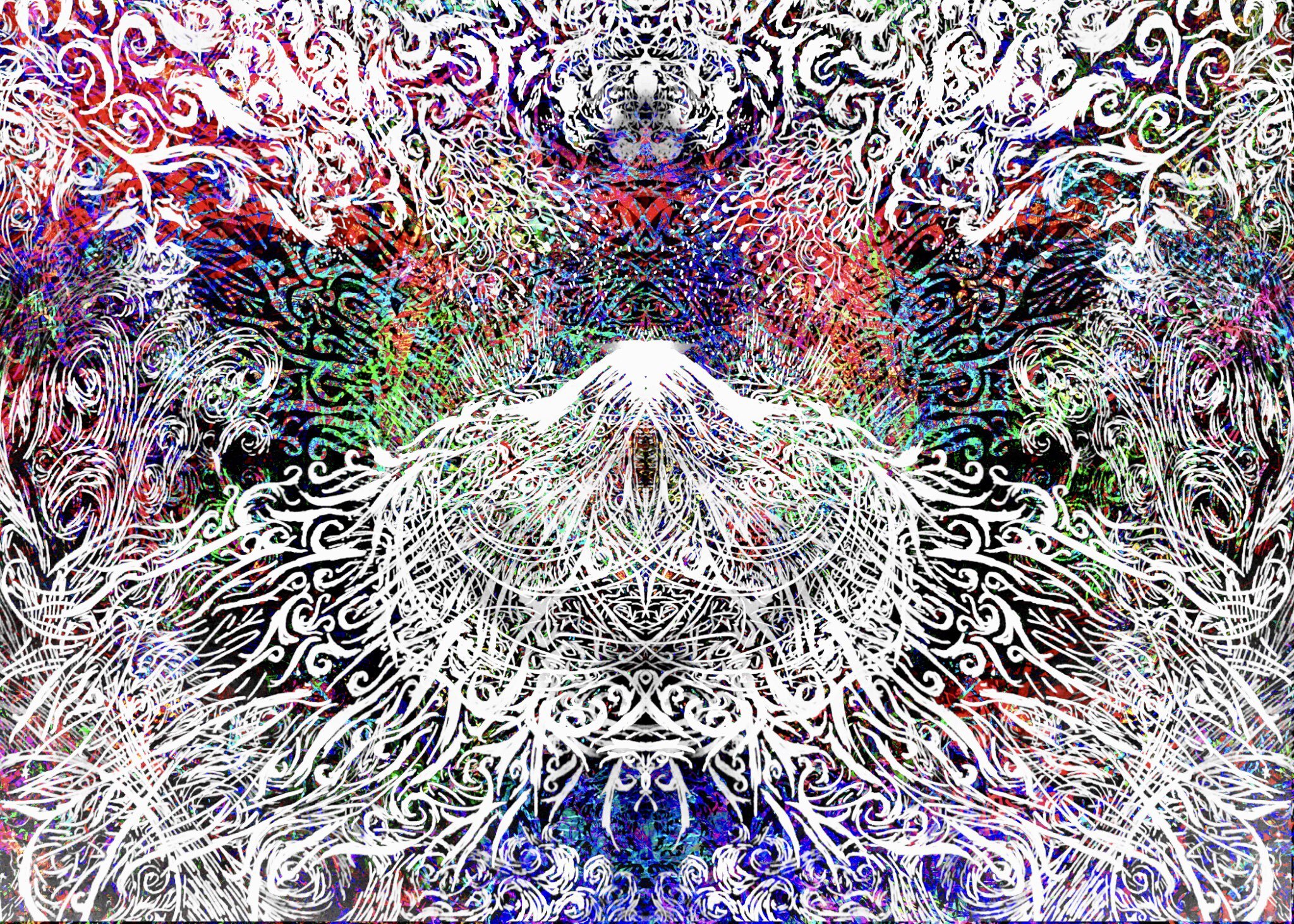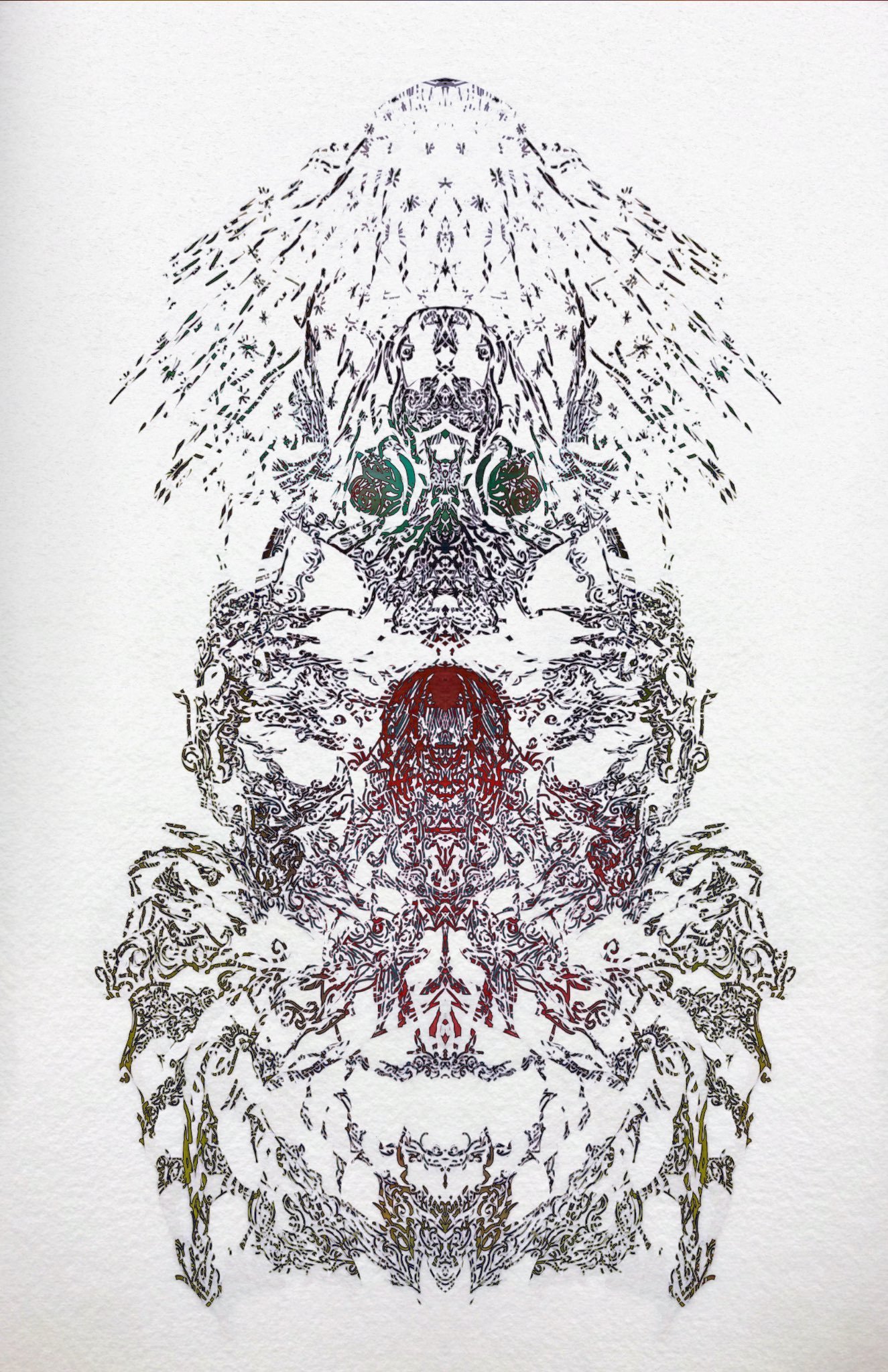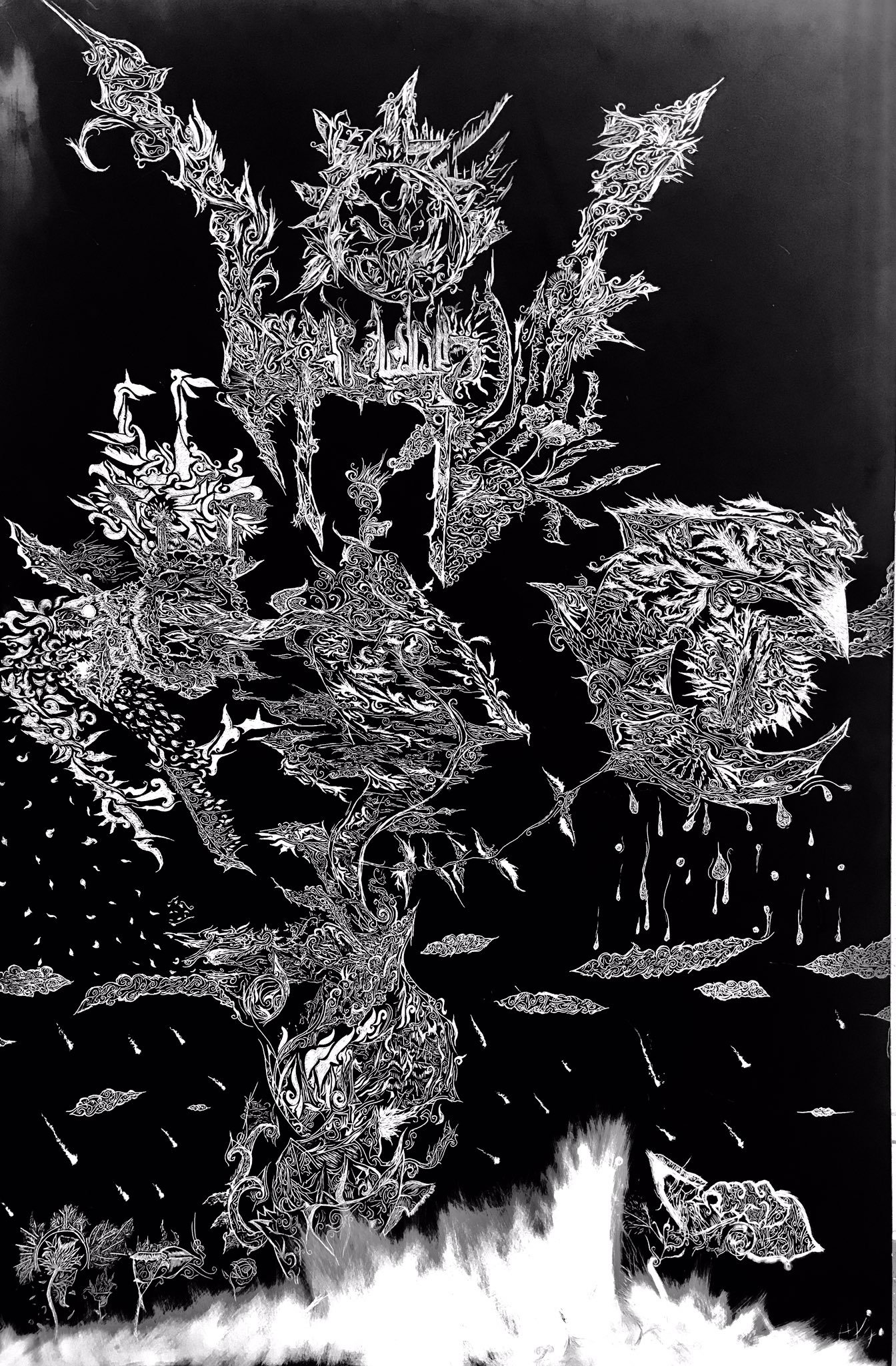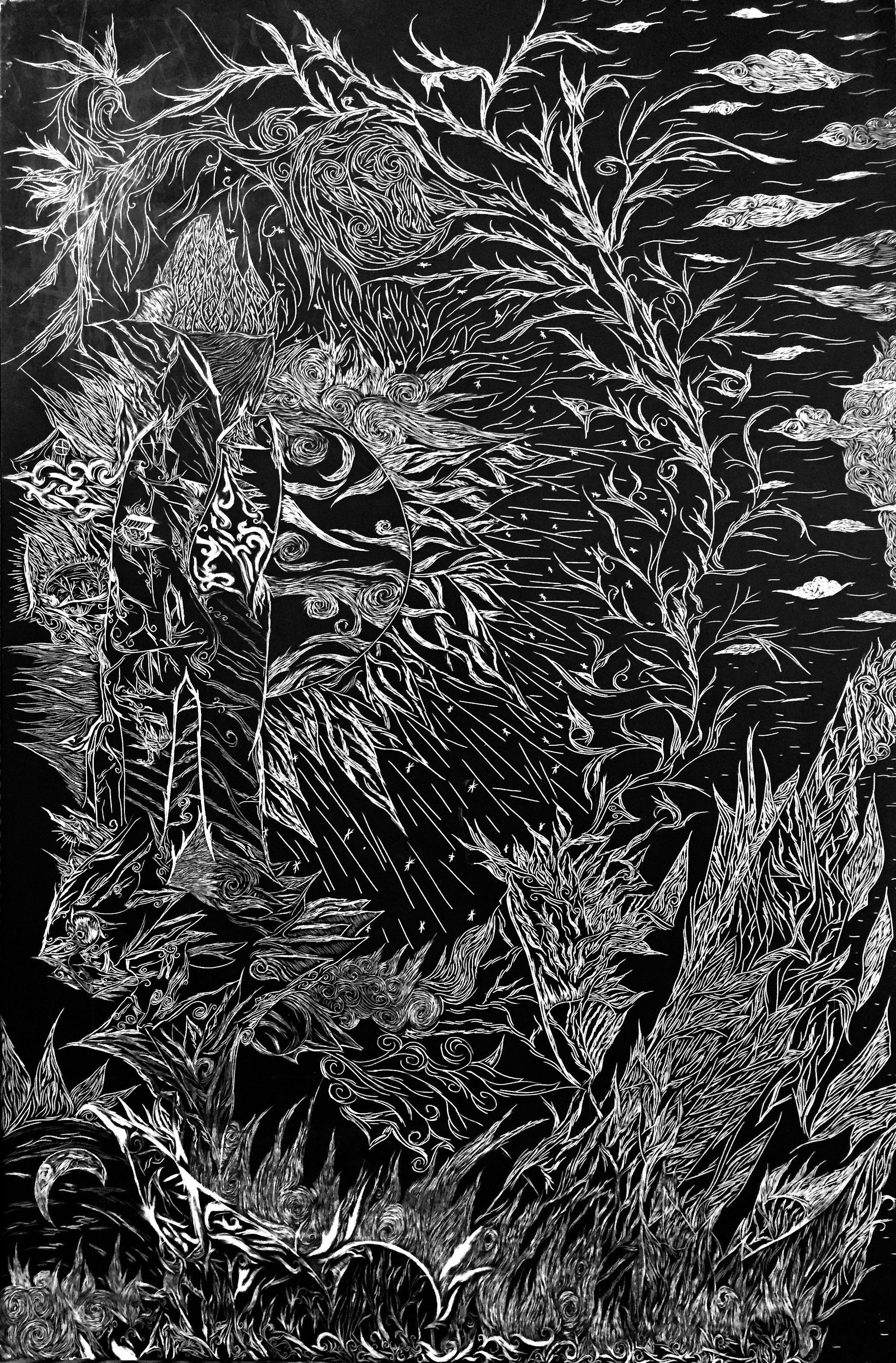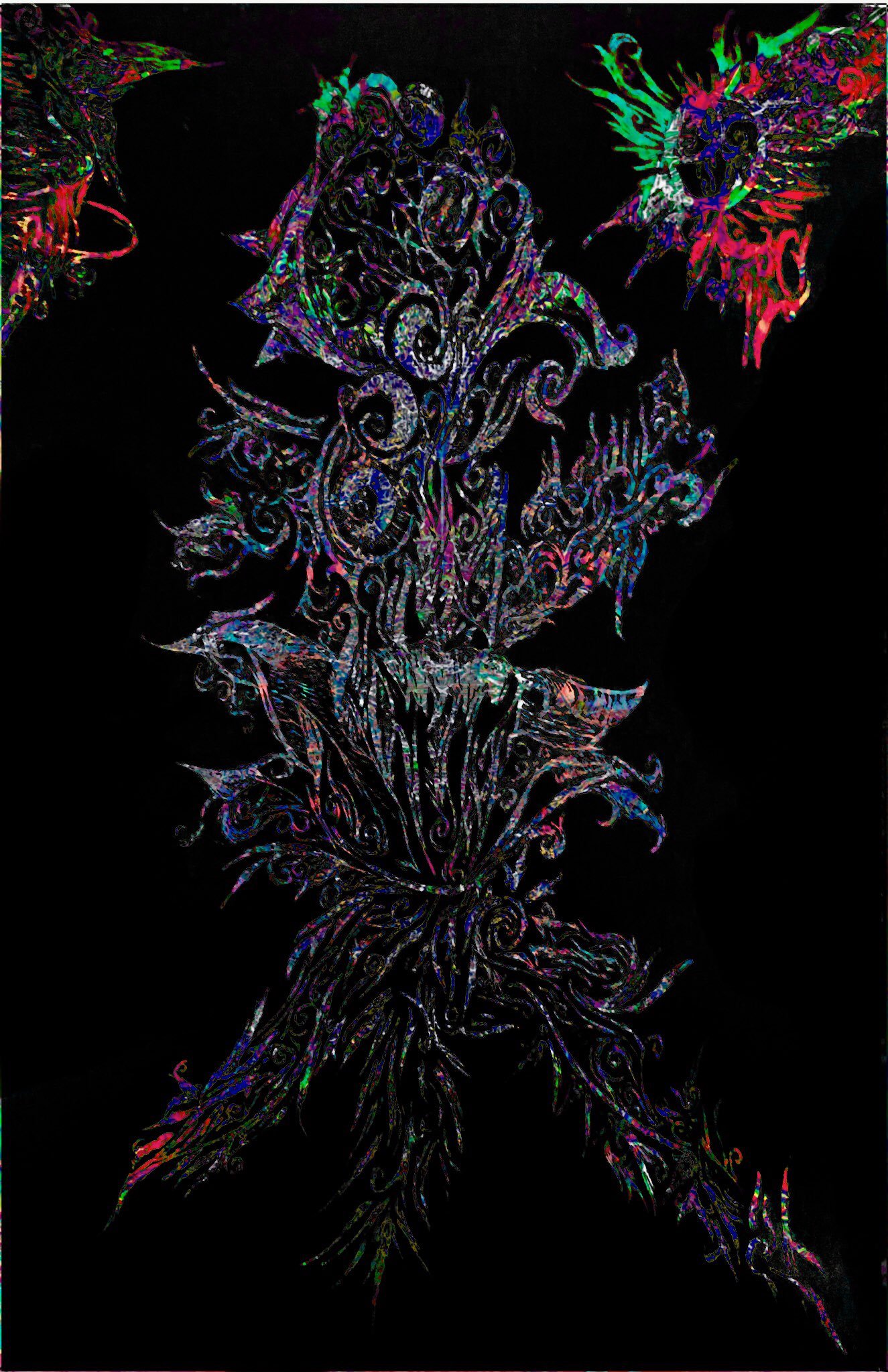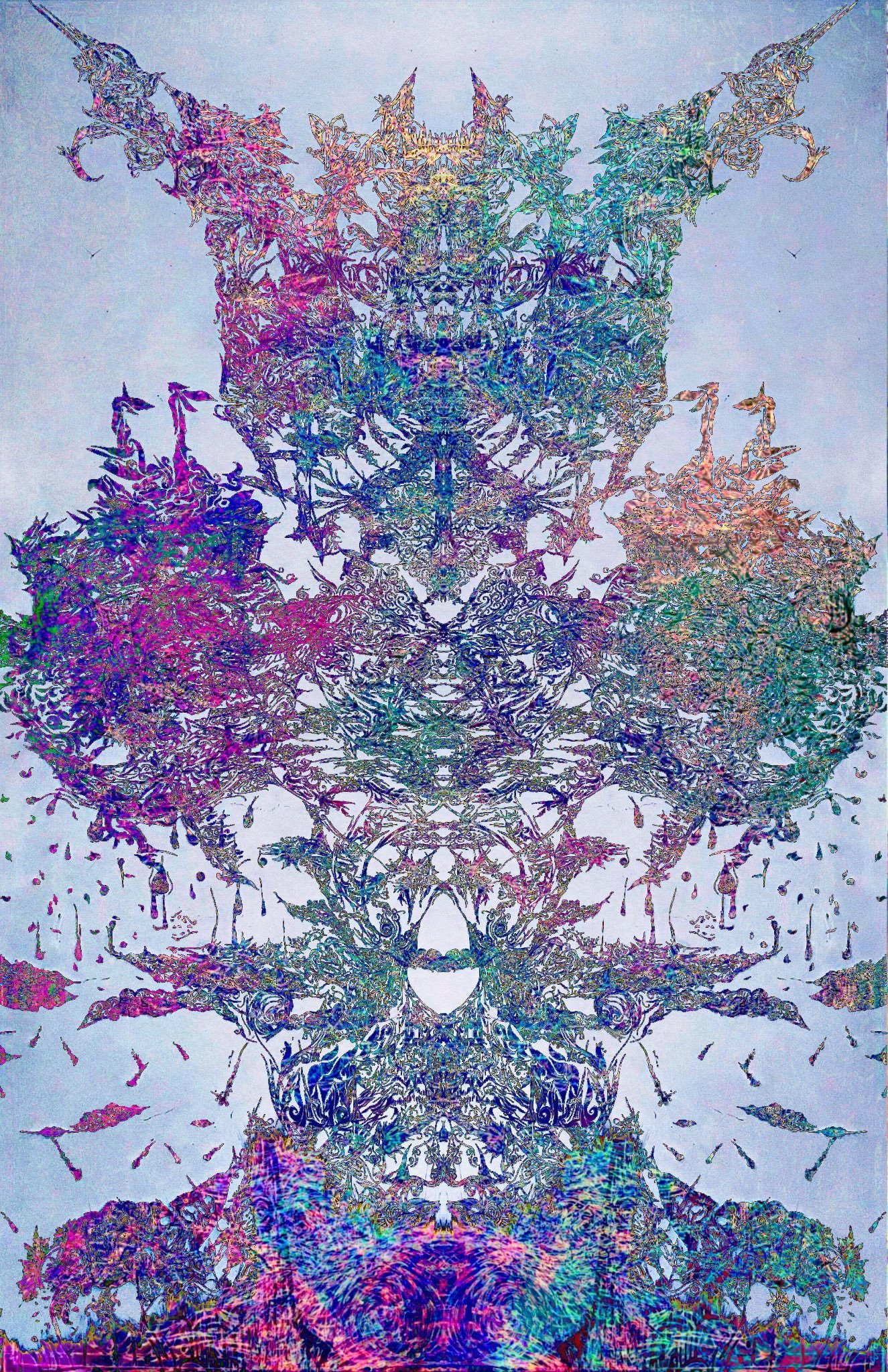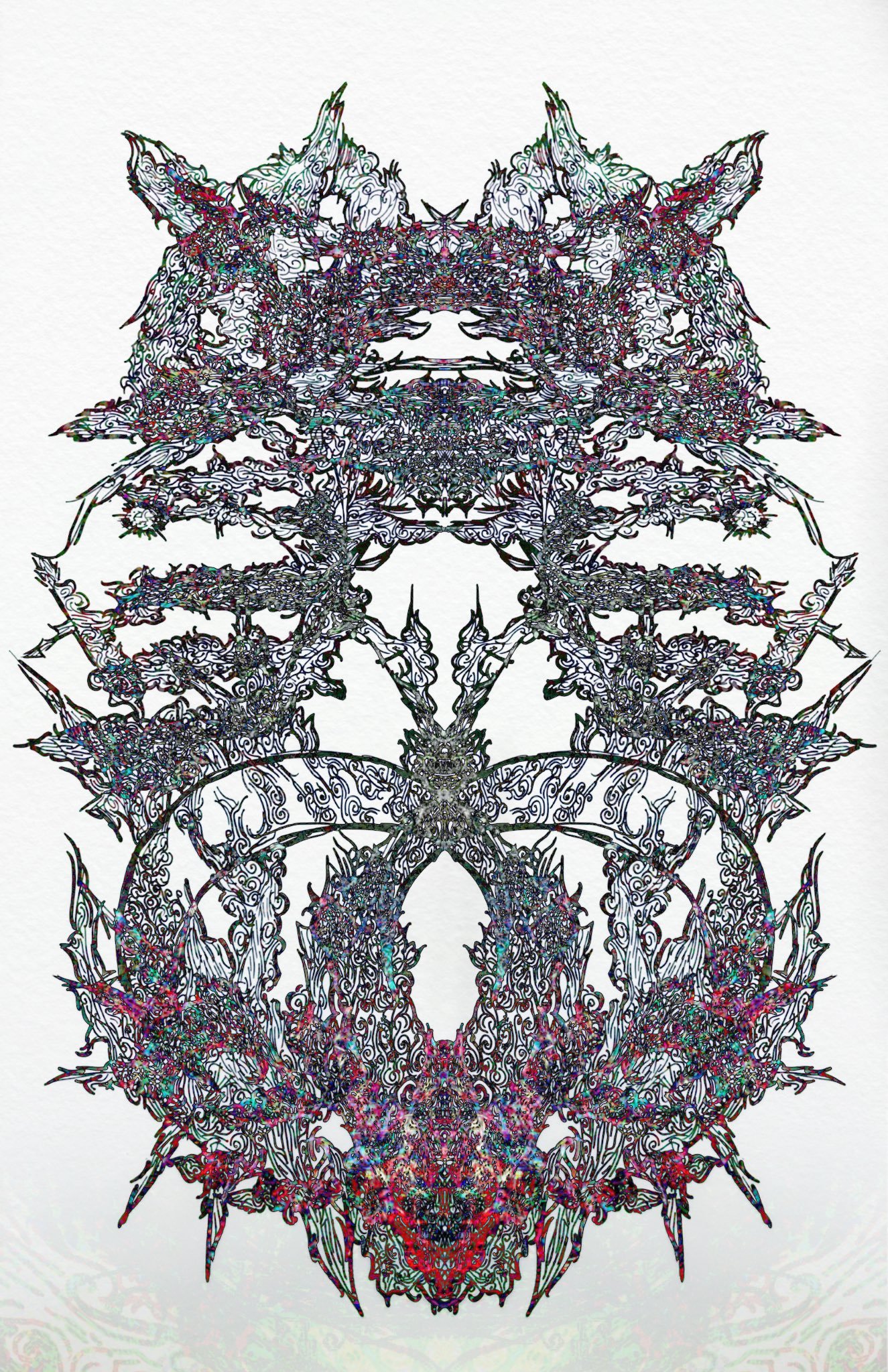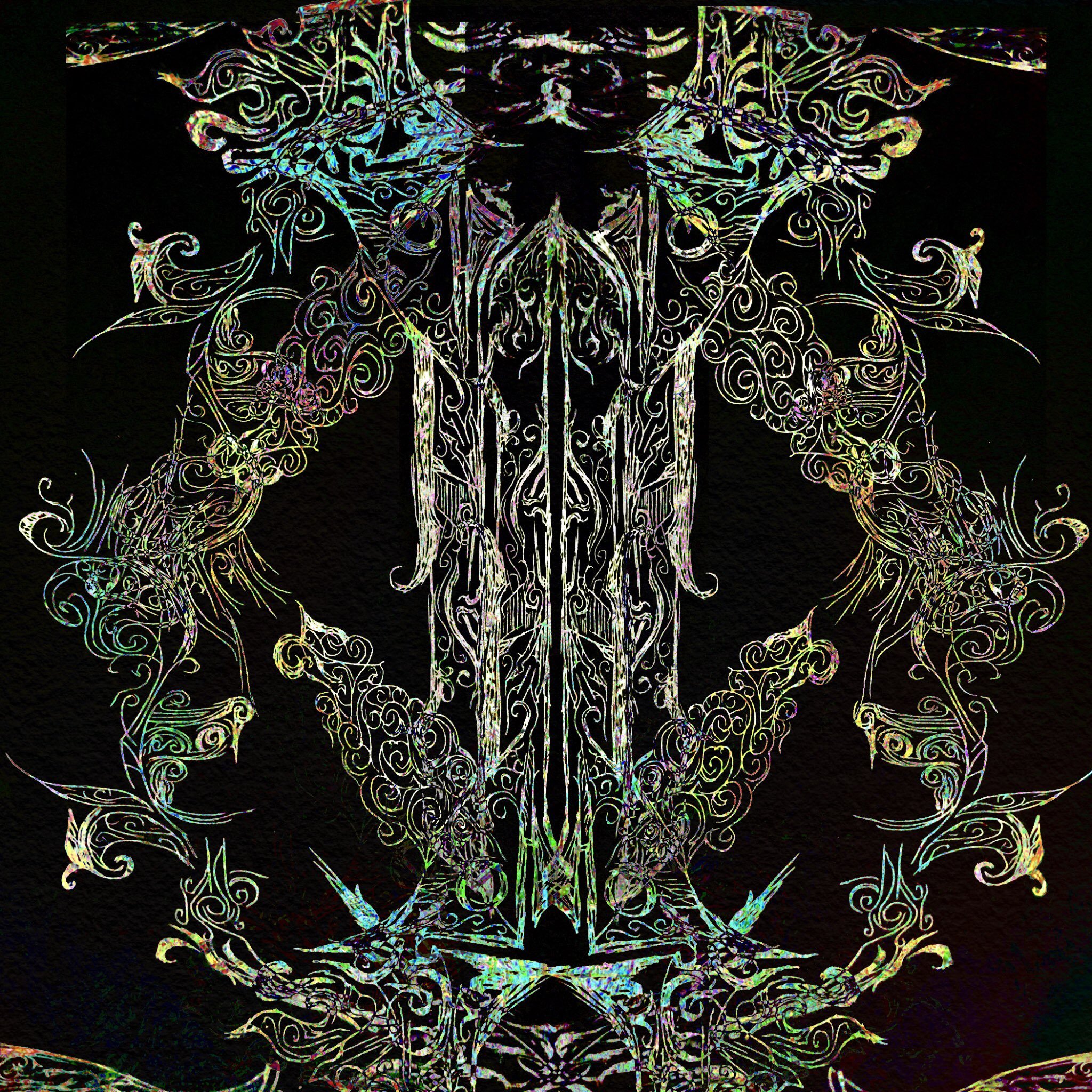Interview
Mark Giurguis
Mark is an illustrator working near the Boston area, USA. He is the son of Egyptian immigrants, and grew up in multiple towns throughout Massachusetts.
He has been drawing since 3 years old. His drawing style is detail-heavy, stylistic and very abstract. As a child, Mark created stories and comics, and he always knew he wanted to work as an illustrator and publisher of children’s books.
Mark is a recent graduate of Framingham State University in Framingham, Massachusetts. He graduated with a Bachelor of Arts, with a major in illustration and a minor in in Art History.
What is your background and how did you start your journey in the art world?
“I loved drawing from an early age, and would normally draw whatever I saw on TV. I didn’t really have any other art supplies except for paper and pencil. Because of that, I became pretty good at intricate line art. In high school, I discovered Photoshop and digital art. I loved the way I could implement colors and surreal imagery, something I could never do with paint or other color-based mediums. In college, I discovered scratch board. I loved it because of the complexity added to my line art by using needle tipped pencils to carve out the lines. Eventually, I combined these two mediums and was able to add surreal colors to my complex line art, creating a unique look to my work.”
What inspires you most?
“I’d say I’m inspired by just about everything I see. I grew up watching a lot of TV and taking long walks around my apartment complex. I wanted to see and explore everything. I don’t think people have any control over what influences their work. If you see it then it’s something that’ll stick with you, whether in your conscious or subconscious mind.”
“These days it’s very difficult to stand out in such a saturated market. But on the other hand, art, design, and general artistic skill is required in so many different companies and roles that it’s become easier for emerging artists to find a place in the world.”
What themes do you pursue? Is there an underlying message in your work?
“I don’t really pursue any theme or message. I feel like pursuing a theme would create certain rules and restrictions for my art. That if I did try to convey a specific message, every line I drew would have to serve the purpose of sending a message or having a theme. I don’t want to put those kinds of rules on my work.”
How would you describe your work?
“I’m not sure yet. Other people have described it as surreal and trippy. Something that has a unique style; something you’d know was mine if you’ve seen my work before. I’d like to describe it as unique; I think that’s the best word for it. It’s my favorite description since these days, it’s difficult for people’s work to stand out in the art market.”
Which artists influence you most?
“I’d say my biggest influence is Vincent van Gogh. I love his intense use of colors and his unique view of the world. I love his complex and fluid brushstrokes that give everything a certain style that’s all his own. I was also influenced by a lot of Coptic iconography and art, growing up in a Coptic Orthodox church. The names of the artists responsible have been lost to time, but I grew up with the imagery, so it definitely had a huge influence on me.”
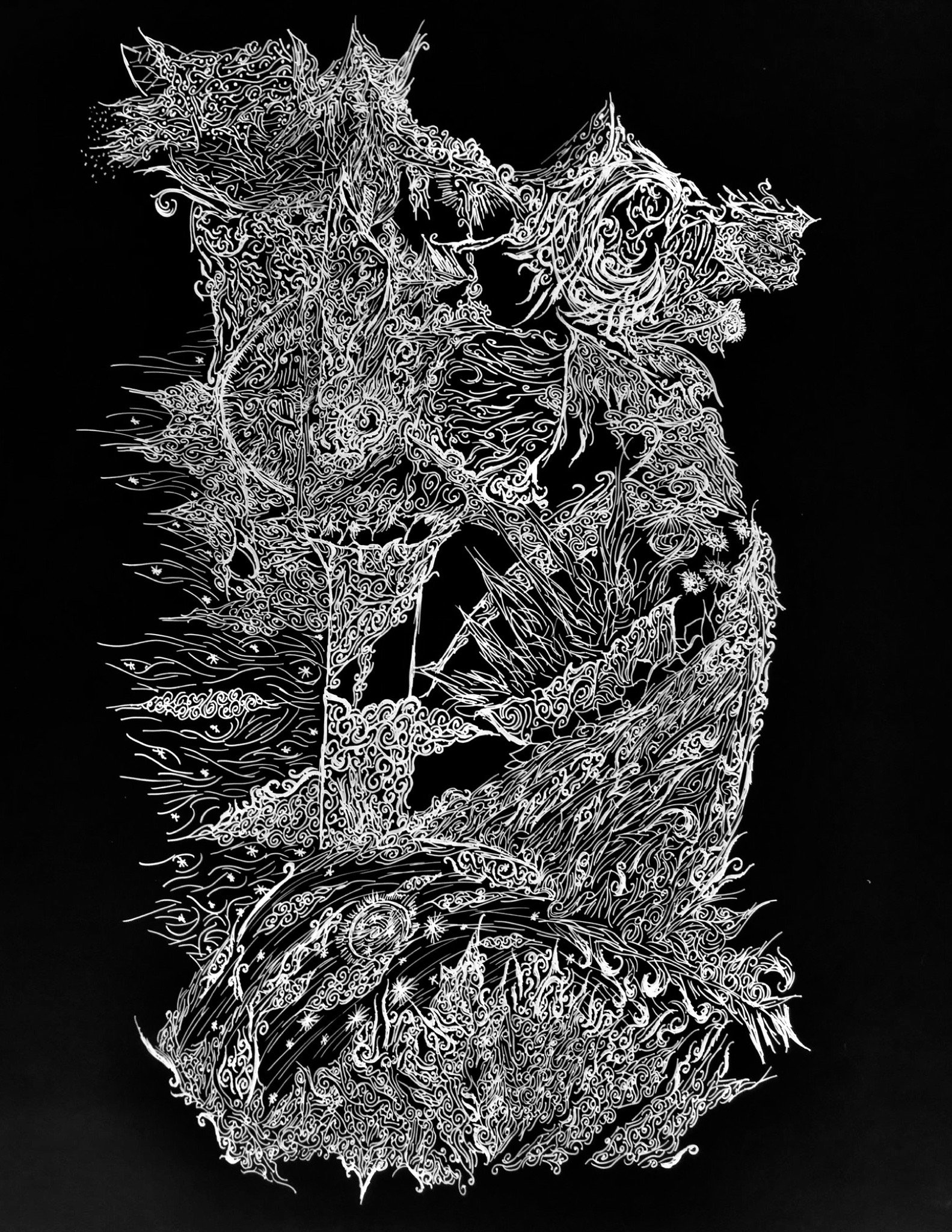
What is your creative process like?
“I start with a piece of scratchboard and a needle and I simply begin drawing. I make sure it doesn’t look like any one thing, otherwise the whole project will be centered around that. If I make any mistakes, I simply try to make it look like a natural part of the artwork. I don’t like drawing over or erasing my mistakes because that feels dishonest, and this forces me to be more careful and more creative with my work. Once it’s finished, I take a high-quality picture of the whole piece and put it into an online art program on my computer. It doesn’t matter how advanced the program is because I don’t use too many of the more complicated tools.
I then start making a colorful backdrop for the work, removing the white lines I’ve scratched out to reveal it. I’ll do this several times, making things more colorful, increasing the saturation, maybe mirroring the image on top of it. I add layers and erase others. Eventually, when I have three to four versions I’m satisfied with, those are the ones I print.”
What is an artist’s role in society and how do you see that evolving?
“An artist’s role in society is to serve the people. Art is made for people. Whether it challenges how they think or is simply there to impress them, it exists to be seen by them. I don’t know many artists who make something only to hide it away forever. Gone are the days when art commissions were done only by a handful of the richest people in the community. Now, just about anyone can commission an artwork of anything.
The role of the artist will evolve into something more common, a skill set that will become more of a requirement, and the title of ‘artist’ will be more difficult to discern.”
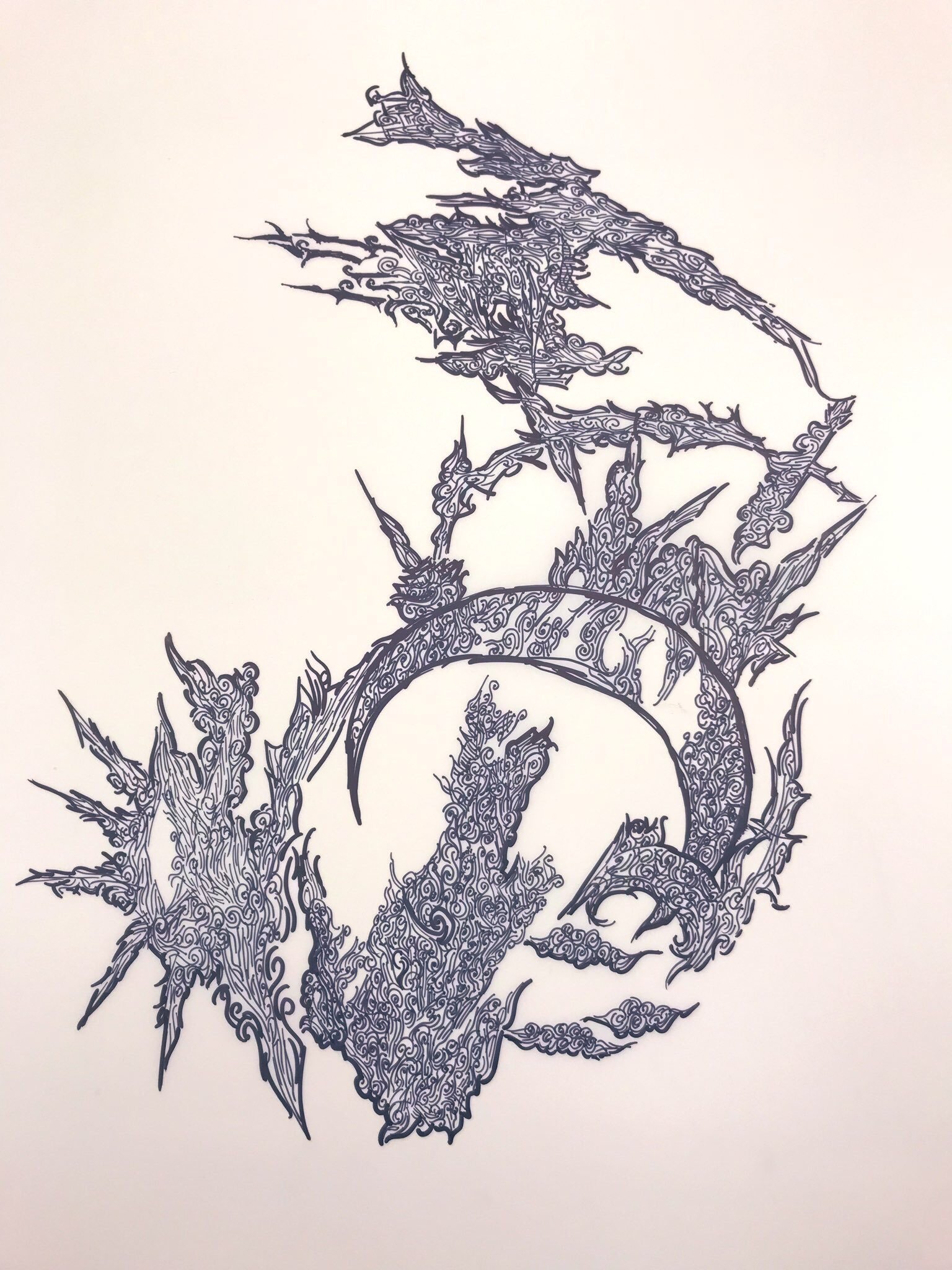

Please tell us about any previous exhibitions you found noteworthy and wish to share.
“My most important exhibition would be the student exhibition I did in my senior year of college. It was my first ever exhibition and it helped teach me much about the field. I had to make sure my work matched the style and work of the other art displayed in the same room. I had to learn how to frame and present my work to an audience, and what type of audience would be interested in my work. Lastly, I had to learn how to act and present myself during the exhibition. Even if the audience loves the work, a bad impression from the artist can harm their career greatly.
I have not done many exhibitions since college. The pandemic shut down a lot of places, and my main concern at the time was finding steady work.”
Website: www.markgiurguisillustration.com
Instagram: @mark_g.illustration_


